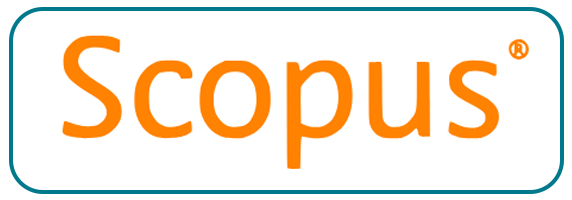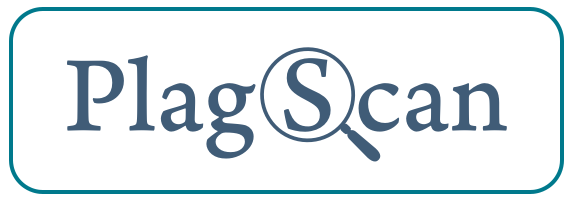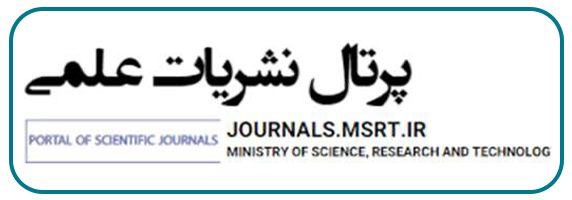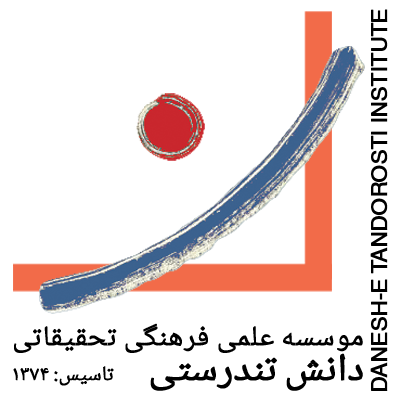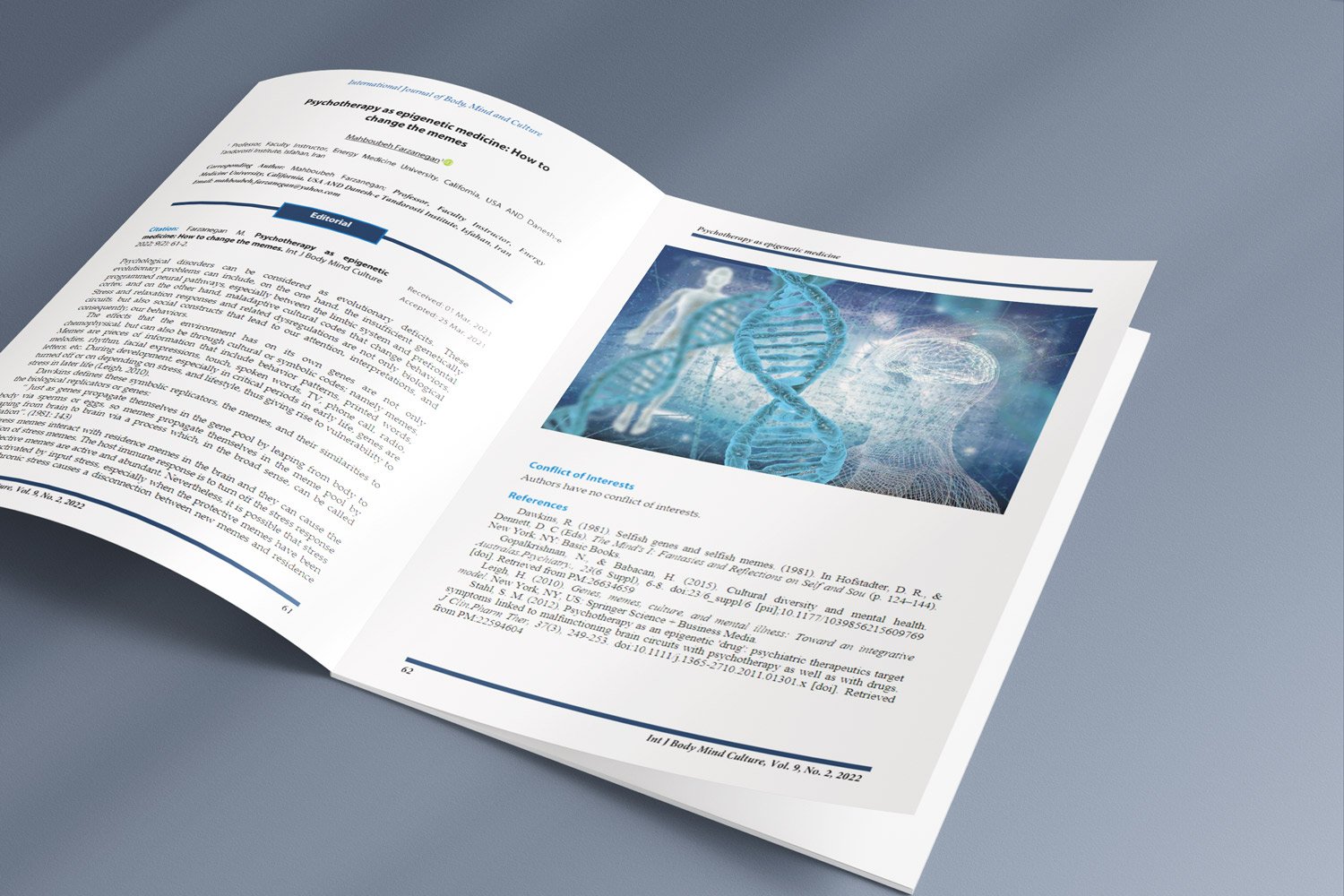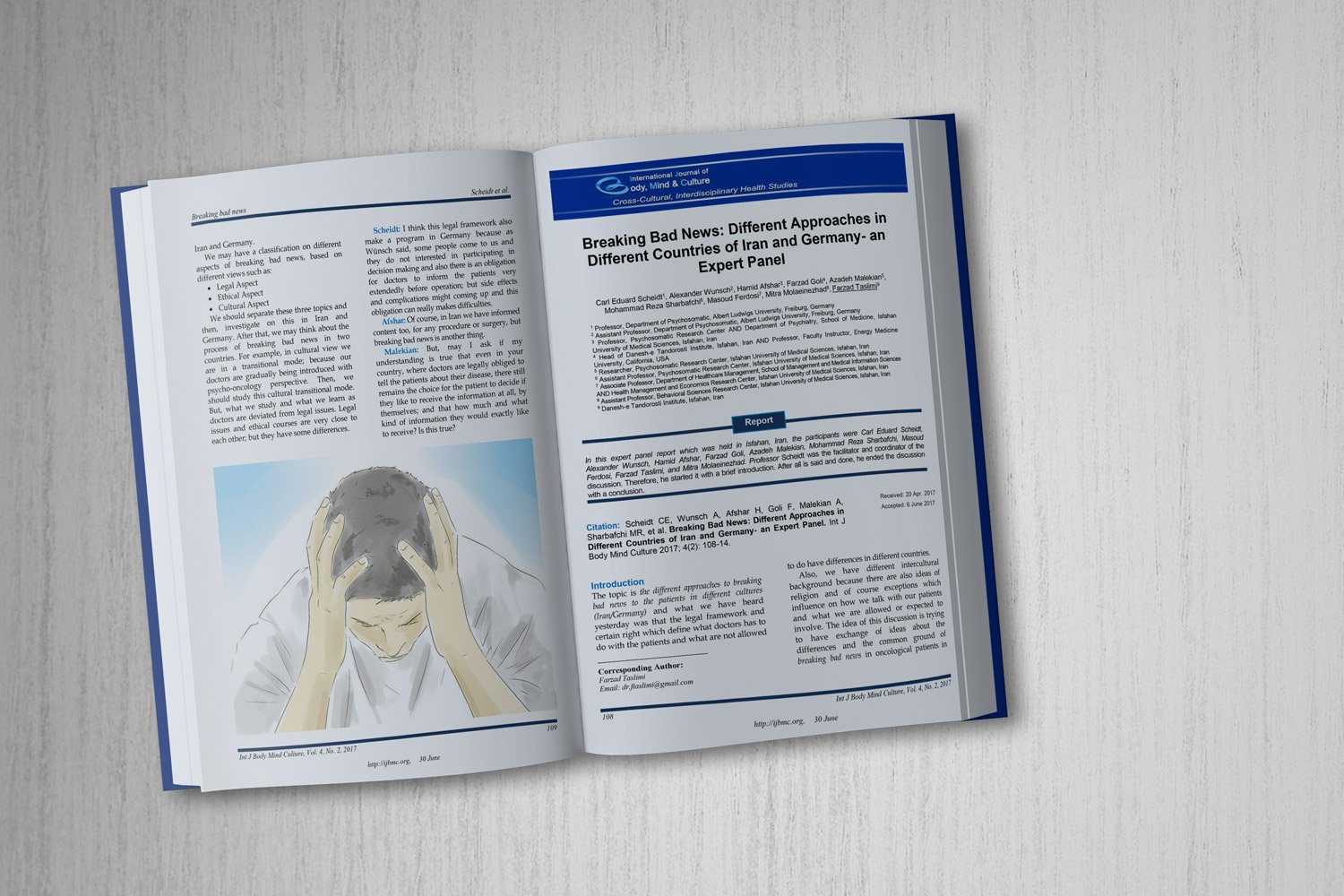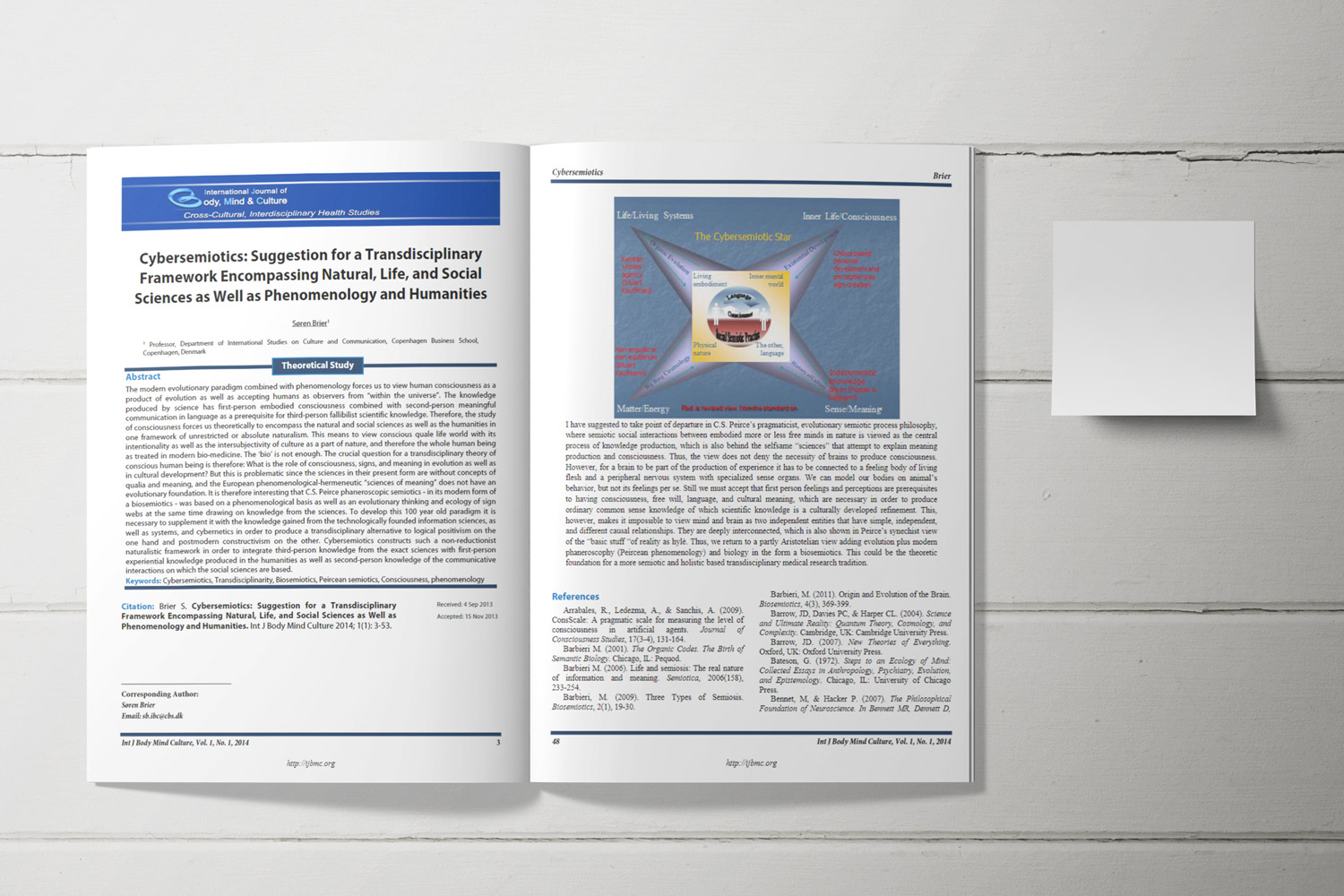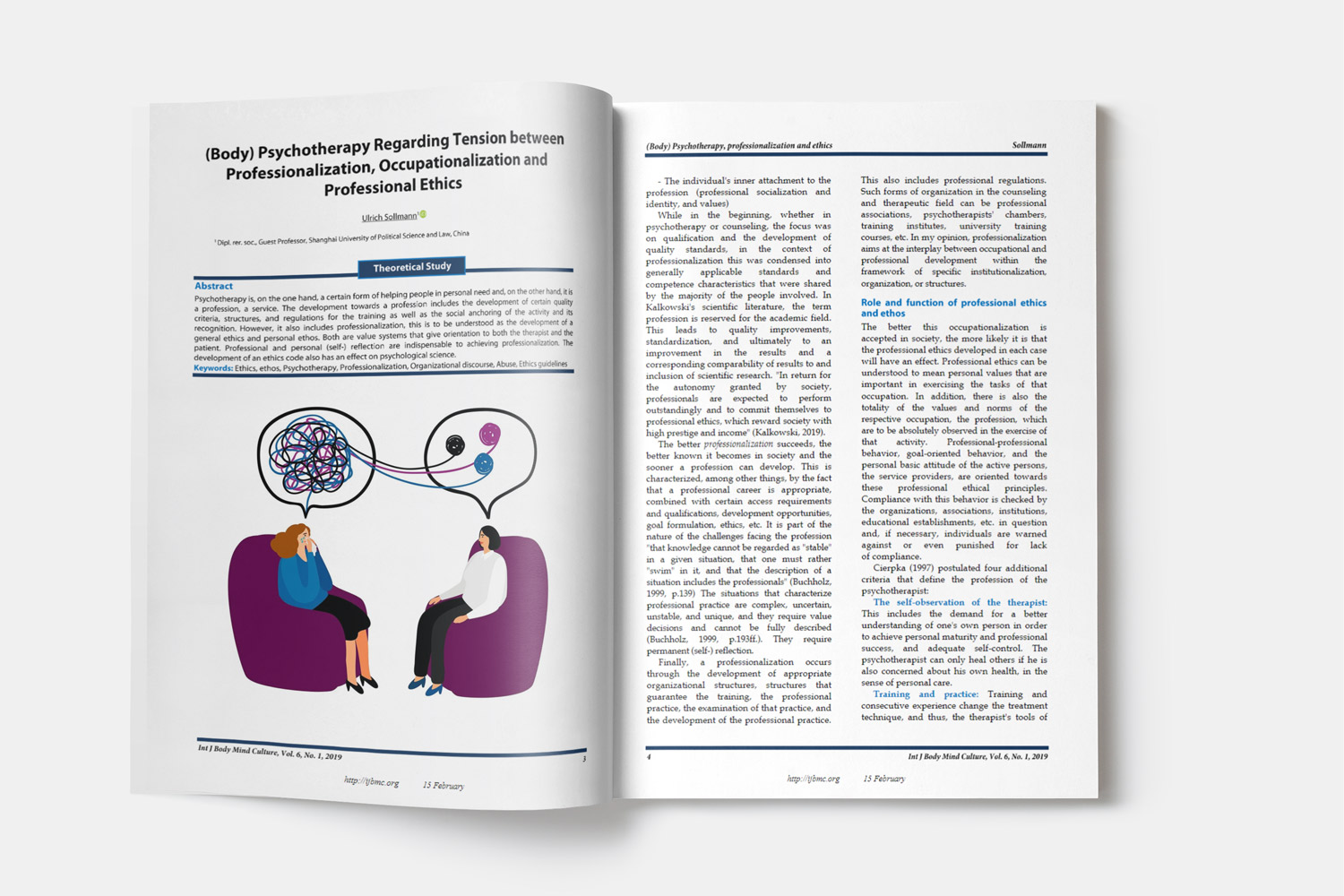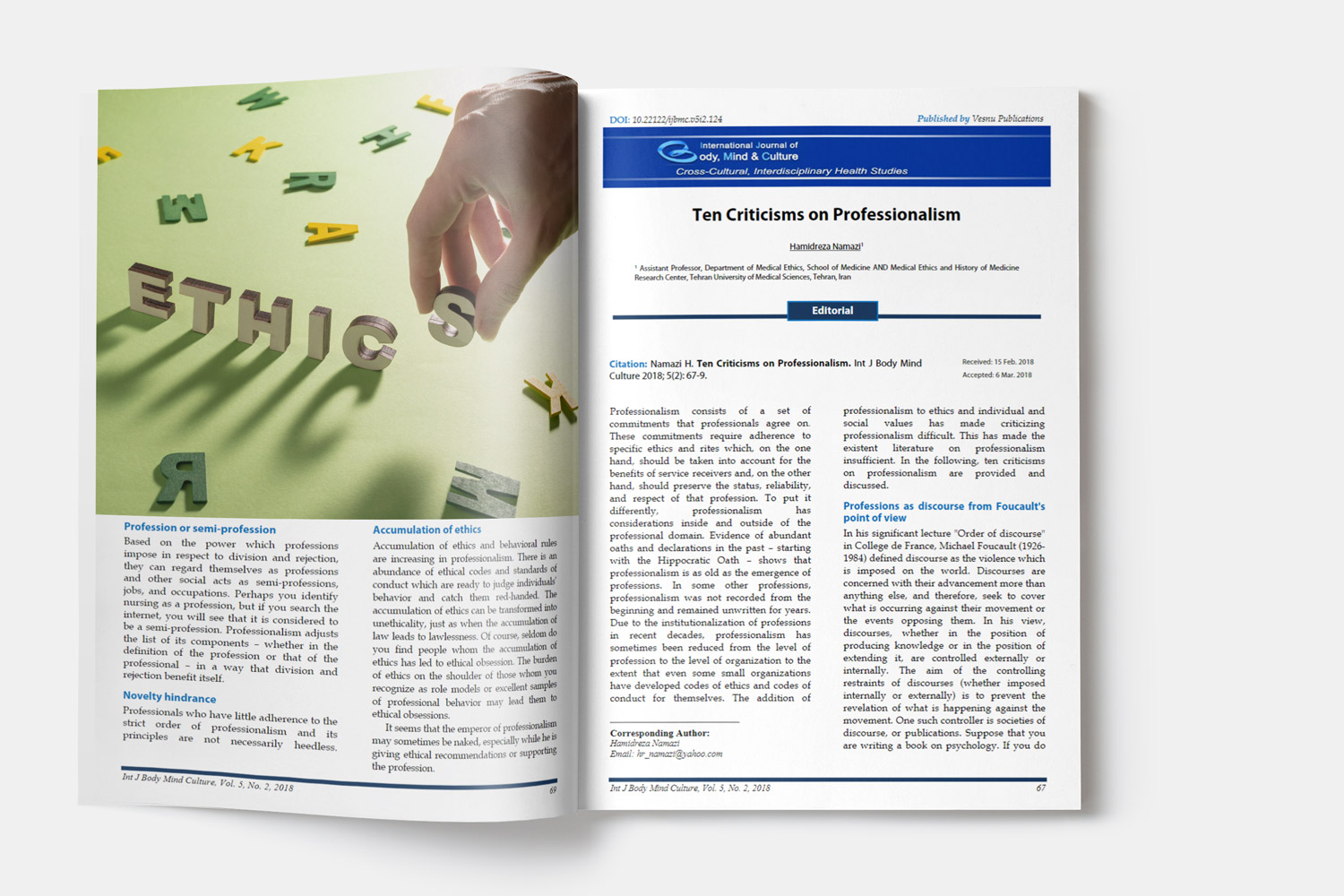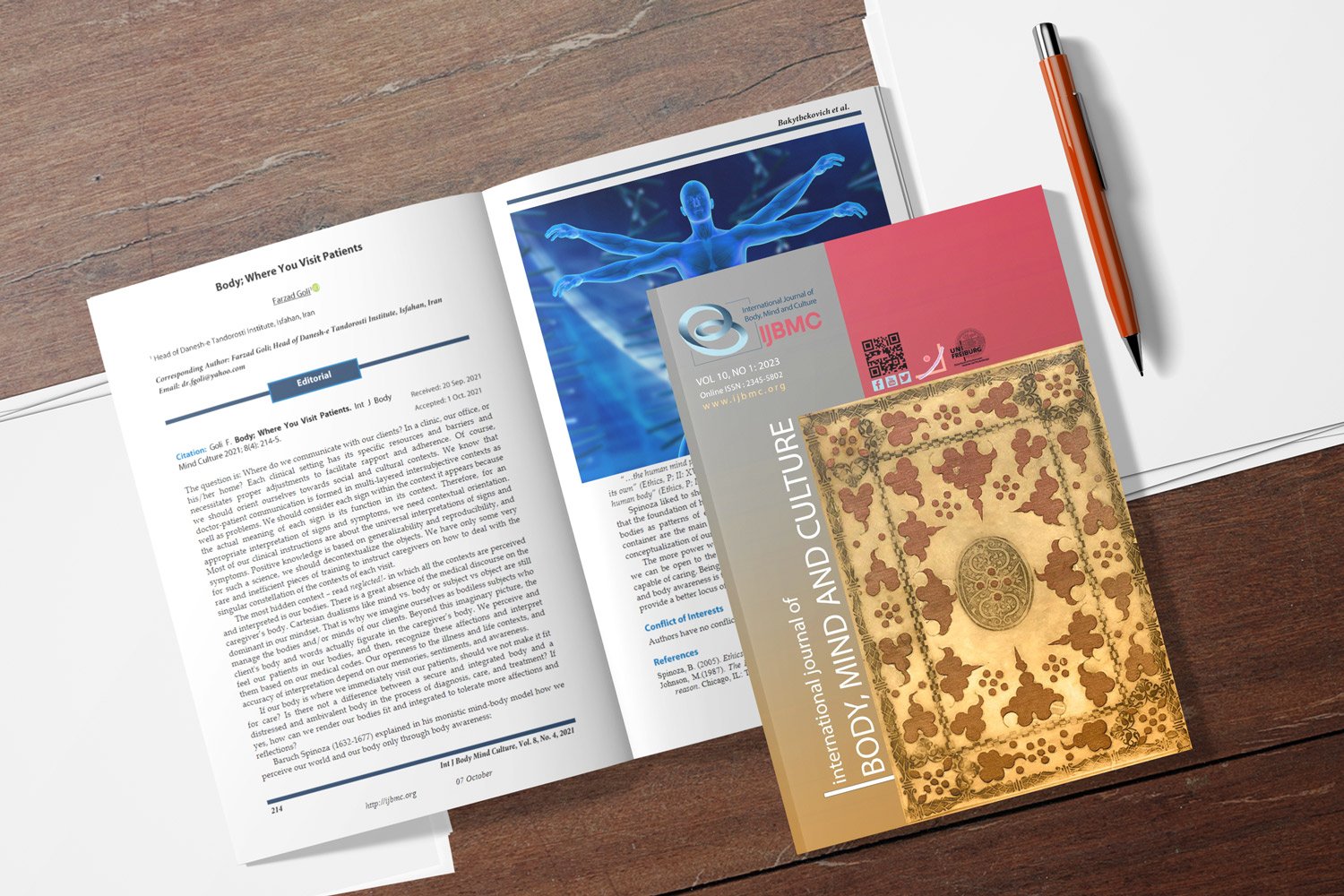The Effect of Bioenergy Economy on Cardiac Function and Inflammatory Factors in Myocardial Infarction: A Randomized Controlled Trial
Downloads
Background: This study was conducted with the aim to investigate the effectiveness of a psychological bioenergy economy intervention on the cardiac function and inflammatory factors in patients with myocardial infarction (MI).
Methods: This randomized controlled trial (RCT) was performed on 60 post-MI patients who referred to the Cardiovascular Research Institute, Isfahan, Iran, in 2019. The intervention group received an energy-based bioenergetics intervention that consisted of rehabilitation training and nutrition patterns training. In the control group, only rehabilitation training and nutrition pattern training was provided in 8 sessions. Quantitative data were expressed as mean ± standard deviation (SD). Between-group differences of data departing from normal distribution were analyzed using the Mann-Whitney U test. All statistical analyses were performed in SPSS software.
Results: The enrolled patients included 60 post-MI patients (27.3% women in the intervention group, and 18.2% in the control group). We lost 16 patients during the study. Fasting blood sugar was higher in the control group before the intervention (106.7 ± 14.1 vs. 96.3 ± 11.0; P < 0.001). Systolic blood pressure was significantly higher in the control group before the intervention (P = 0.04). There was no significant difference in total cholesterol, TG, HDL, and LDL after the intervention compared to before the intervention in either groups. Intercellular adhesion molecule 1 (ICAM-1) and vascular cell adhesion molecule 1 (VCAM-1) did not change during the intervention in either groups (P < 0.05).
Conclusion: Our results displayed that the psychological intervention based on bioenergy economy has no significant effect on cardiac function and inflammatory factors in patients with MI. However, it is suggested that this study be repeated on a larger population.
Downloads
Ackerman, D. L., & Cameron, M. E. (2002). Energy healing for anxiety and stress reduction. Primary Psychiatry, 9(7), 47-50.
Adsett, C. A., & Bruhn, J. G. (1968). Short-term group psychotherapy for post-myocardial infarction patients and their wives. Can.Med Assoc J, 99(12), 577-584. Retrieved from PM:4386800
Bagherian, R., Sanei, H., & Kalantari, H. (2011). The mediating processes between depression and cardiac adverse events. J Babol Univ Med Sci, 13(6), 59-66. Retrieved from http://jbums.org/article-1-3926-en.html
Barnes, P. M., Bloom, B., & Nahin, R. L. (2008). Complementary and alternative medicine use among adults and children: United States, 2007. Natl.Health.Stat.Report,(12),
-23. Retrieved from PM:19361005
Behnammoghadam, M., Alamdari, A. K., Behnammoghadam, A., & Darban, F. (2015). Effect of eye movement desensitization and reprocessing (emdr) on depression in patients with myocardial infarction (MI). Glob.J Health.Sci, 7(6), 258-262. doi:10.5539/gjhs.v7n6p258 [doi]. Retrieved from PM:26153191
Carney, R. M., Freedland, K. E., Veith, R. C., & Jaffe, A. S. (1999). Can treating depression reduce mortality after an acute myocardial infarction? Psychosom.Med, 61(5), 666-675. doi:10.1097/00006842-199909000-00009 [doi]. Retrieved from PM:10511015
Diaz-Rodriguez, L., Arroyo-Morales, M., Cantarero-Villanueva, I., Fernandez-Lao, C., Polley, M., & Fernandez-de-las-Penas, C. (2011). The application of Reiki in nurses diagnosed with Burnout Syndrome has beneficial effects on concentration of salivary IgA and blood pressure. Rev.Lat.Am.Enfermagem., 19(5), 1132-1138. doi:S0104-11692011000500010 [pii];10.1590/s0104-11692011000500010 [doi]. Retrieved from PM:22030577
Dickens, C., Cherrington, A., Adeyemi, I., Roughley, K., Bower, P., Garrett, C. et al. (2013). Characteristics of psychological interventions that improve depression in people with coronary heart disease: a systematic review and meta-regression. Psychosom.Med, 75(2), 211-221. doi:PSY.0b013e31827ac009 [pii];10.1097/PSY.0b013e31827ac009 [doi]. Retrieved from PM:23324874
du Quebec, T., Chi, T., Master, R., & Kung, C. (2007). A multifaceted integrative approach to heart, weight, and blood pressure normalization. prevent, 17, 18. Retrieved from Citeseer.
Friedman, M., Thoresen, C. E., Gill, J. J., Ulmer, D., Powell, L. H., Price, V. A. et al. (1986). Alteration of type A behavior and its effect on cardiac recurrences in post myocardial infarction patients: summary results of the recurrent coronary prevention project. Am.Heart J, 112(4), 653-665. doi:0002-8703(86)90458-8 [pii];10.1016/0002-8703(86)90458-8 [doi]. Retrieved from PM:3766365
Friedman, R. S., Burg, M. M., Miles, P., Lee, F., & Lampert, R. (2010). Effects of Reiki on autonomic activity early after acute coronary syndrome. J Am.Coll.Cardiol., 56(12), 995-996. doi:S0735-1097(10)02525-8 [pii];10.1016/j.jacc.2010.03.082 [doi]. Retrieved from PM:20828654
Goli, F. (2010). Bioenergy economy: A methodological study on bioenergy-based therapies. Bloomington, IN: Xlibris Corporation.
Goli, F. (2016). Biosemiotic Medicine: Healing in the world of meaning. Studies in neuroscience, consciousness and spirituality. New York, NY: Springer.
Goli, F. (2018). Bioenergy economy, fields and levels: A narrative review. Int J Body Mind Culture, 5(4), 171-182.
Grant, S. J., Bin, Y. S., Kiat, H., & Chang, D. H. (2012). The use of complementary and alternative medicine by people with cardiovascular disease: A systematic review. BMC Public.Health., 12, 299. doi:1471-2458-12-299 [pii];10.1186/1471-2458-12-299 [doi]. Retrieved from PM:22536991
Hasanpour, A., Hasanpour, M., Foruzandeh, N., Ganji, F., Asadi Noghani, A. A., Bakhsha, F. et al. (2007). A survey on quality of life in patients with myocardial infarction, referred to Shahrekord Hagar hospital in 2005. J Shahrekord Univ Med Sci, 9(3), 78-84.
Lan, C., Lai, J. S., Wong, M. K., & Yu, M. L. (1996). Cardiorespiratory function, flexibility, and body composition among geriatric Tai Chi Chuan practitioners. Arch Phys Med Rehabil., 77(6), 612-616. doi:S0003-9993(96)90305-6 [pii];10.1016/s0003-9993(96)90305-6 [doi]. Retrieved from PM:8831482
Lan, C., Lai, J. S., Chen, S. Y., & Wong, M. K. (1998). 12-month Tai Chi training in the elderly: its effect on health fitness. Med Sci Sports.Exerc., 30(3), 345-351. doi:10.1097/00005768-199803000-00003 [doi]. Retrieved from PM:9526879
Lloyd-Jones, D., Adams, R. J., Brown, T. M., Carnethon, M., Dai, S., De Simone, G. et al. (2010). Executive summary: Heart disease and stroke statistics--2010 update: a report from the American Heart Association. Circulation, 121(7), 948-954. doi:121/7/948 [pii];10.1161/CIRCULATIONAHA.109.192666 [doi]. Retrieved from PM:20177011
Mayou, R. A., Gill, D., Thompson, D. R., Day, A., Hicks, N., Volmink, J. et al. (2000). Depression and anxiety as predictors of outcome after myocardial infarction. Psychosom.Med, 62(2), 212-219. doi:10.1097/00006842-200003000-00011 [doi]. Retrieved from PM:10772399
Naji, F., Rahnamay-Namin, M., Roohafza, H., & Sharbafchi, M. R. (2020). The Effectiveness of Improving Body Awareness Skills on Anxiety, Depression, and Quality of Life in Patients after Cardiac Surgery. Int J Body Mind Culture, 7(2), 89-97.
Norlund, F., Olsson, E. M., Burell, G., Wallin, E., & Held, C. (2015). Treatment of depression and anxiety with internet-based cognitive behavior therapy in patients with a recent myocardial infarction (U-CARE Heart): study protocol for a randomized controlled trial. Trials., 16, 154. doi:10.1186/s13063-015-0689-y [doi];10.1186/s13063-015-0689-y [pii]. Retrieved from PM:25873137
Putwain, D. W., Langdale, H. C., Woods, K. A., & Nicholson, L. J. (2011). Developing and piloting a dot-probe measure of attentional bias for test anxiety. Learning and Individual Differences, 21(4), 478-482.
Rabito, M. J., & Kaye, A. D. (2013). Complementary and alternative medicine and cardiovascular disease: an evidence-based review. Evid.Based.Complement.Alternat.Med, 2013, 672097. doi:10.1155/2013/672097 [doi]. Retrieved from PM:23710229
Roest, A. M., Martens, E. J., Denollet, J., & de Jonge, P. (2010). Prognostic association of anxiety post myocardial infarction with mortality and new cardiac events: a meta-analysis. Psychosom.Med, 72(6), 563-569. doi:PSY.0b013e3181dbff97 [pii];10.1097/PSY.0b013e3181dbff97 [doi]. Retrieved from PM:20410247
Roest, A. M., Martens, E. J., de Jonge, P., & Denollet, J. (2010). Anxiety and risk of incident coronary heart disease: a meta-analysis. J Am.Coll.Cardiol., 56(1), 38-46. doi:S0735-1097(10)01604-9 [pii];10.1016/j.jacc.2010.03.034 [doi]. Retrieved from PM:20620715
Salles, L. F., Vannucci, L., Salles, A., & da Silva, M. J. P. (2014). The effect of Reiki on blood hypertension. Acta Paul Enferm, 27(5), 479-484.
Schoemaker, R. G., & Smits, J. F. (1994). Behavioral changes following chronic myocardial infarction in rats. Physiol.Behav, 56(3), 585-589. doi:0031-9384(94)90305-0 [pii];10.1016/0031-9384(94)90305-0 [doi]. Retrieved from PM:7972412
Tavakolizadeh, J., Goli, F., Ebrahimi, A., Hajivosough, N. S., & Mohseni, S. (2021). Effectiveness of a bioenergy economy-based psycho-education package on improvement of vegetative function, forgiveness, and quality of life of patients with coronary heart disease: A randomized clinical trial. Int J Body Mind Culture, 8(1), 36-50.
Veras, R. (2009). Population aging today: demands, challenges and innovations. Rev.Saude.Publica., 43(3), 548-554. doi:S0034-89102009005000025 [pii];10.1590/s0034-89102009000300020 [doi]. Retrieved from PM:19377752
Wann, B. P., Bah, T. M., Boucher, M., Courtemanche, J., Le Marec, N., Rousseau, G. et al. (2007). Vulnerability for apoptosis in the limbic system after myocardial infarction in rats: a possible model for human postinfarct major depression. J Psychiatry.Neurosci, 32(1), 11-16. Retrieved from PM:17245469
Yammine, L., Frazier, L., Padhye, N. S., Burg, M. M., & Meininger, J. C. (2014). Severe depressive symptoms are associated with elevated endothelin-1 in younger patients with acute coronary syndrome. J Psychosom.Res., 77(5), 430-434. doi:S0022-3999(14)00283-9 [pii];10.1016/j.jpsychores.2014.07.019 [doi]. Retrieved from PM:25129849
Yeh, G. Y., Davis, R. B., & Phillips, R. S. (2006). Use of complementary therapies in patients with cardiovascular disease. Am.J Cardiol., 98(5), 673-680. doi:S0002-9149(06)01000-9 [pii];10.1016/j.amjcard.2006.03.051 [doi]. Retrieved from PM:16923460
Yeh, G. Y., Wang, C., Wayne, P. M., & Phillips, R. S. (2008). The effect of tai chi exercise on blood pressure: a systematic review. Prev Cardiol., 11(2), 82-89. doi:10.1111/j.1751-7141.2008.07565.x [doi]. Retrieved from PM:18401235
Copyright (c) 2022 International Journal of Body, Mind and Culture

This work is licensed under a Creative Commons Attribution-NonCommercial 4.0 International License.

